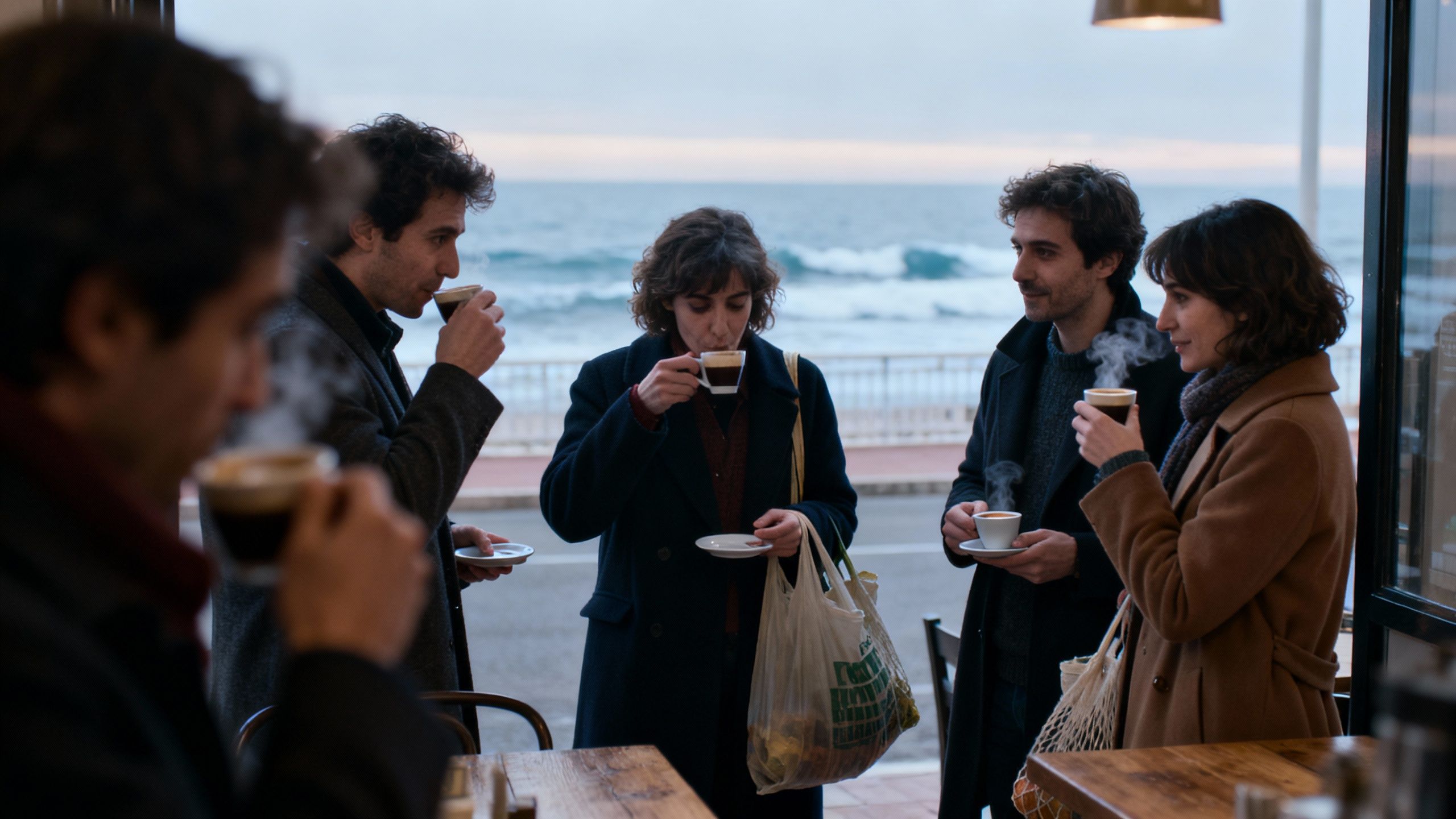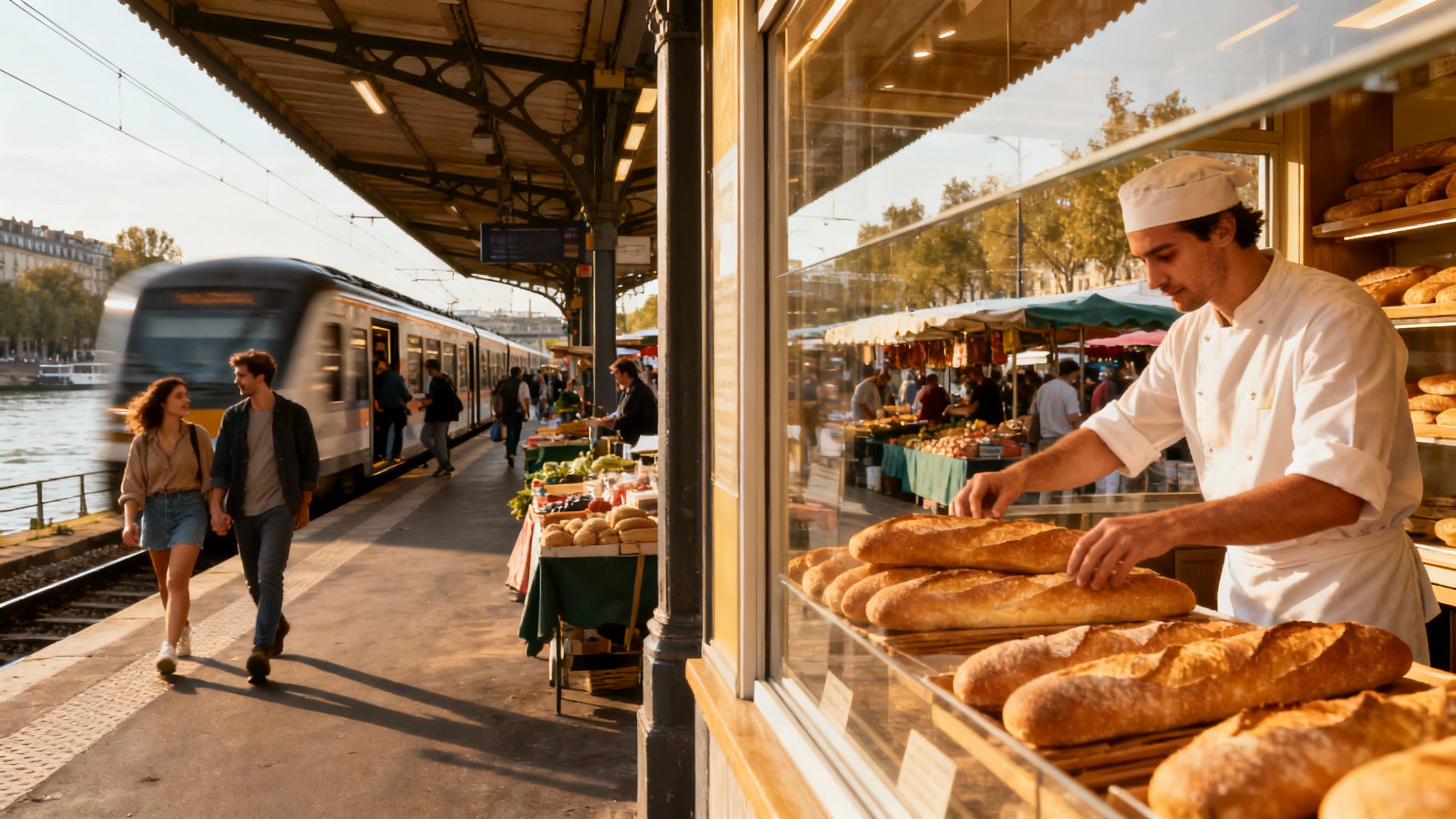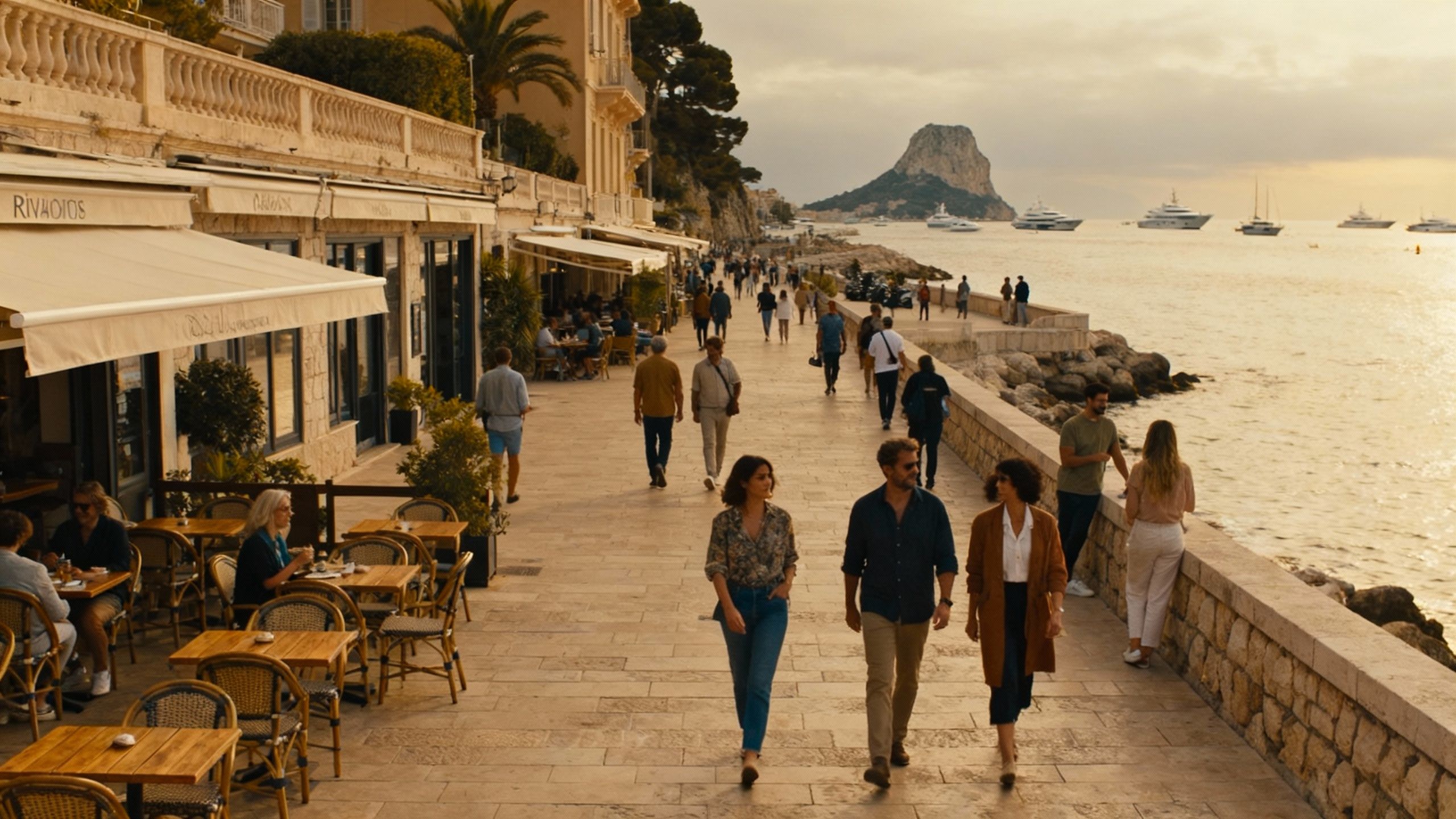The Riviera’s ‘Expensive’ Myth — Lifestyle Trade‑offs & Truths
The French Riviera’s ‘expensive’ reputation hides nuanced pockets: match lifestyle rhythms to precise neighbourhoods and use local data to buy with confidence.
Imagine an early morning in Nice: espresso steam rising on Rue Masséna, delivery vans threading between flower stalls at Cours Saleya, and a sea breeze softening a winter light that makes stone and shuttered facades feel patient. This is the Côte d’Azur’s daily life — not just red carpets and yachts. Understanding that routine is how you move from dreaming to buying with confidence.
Living the Riviera lifestyle
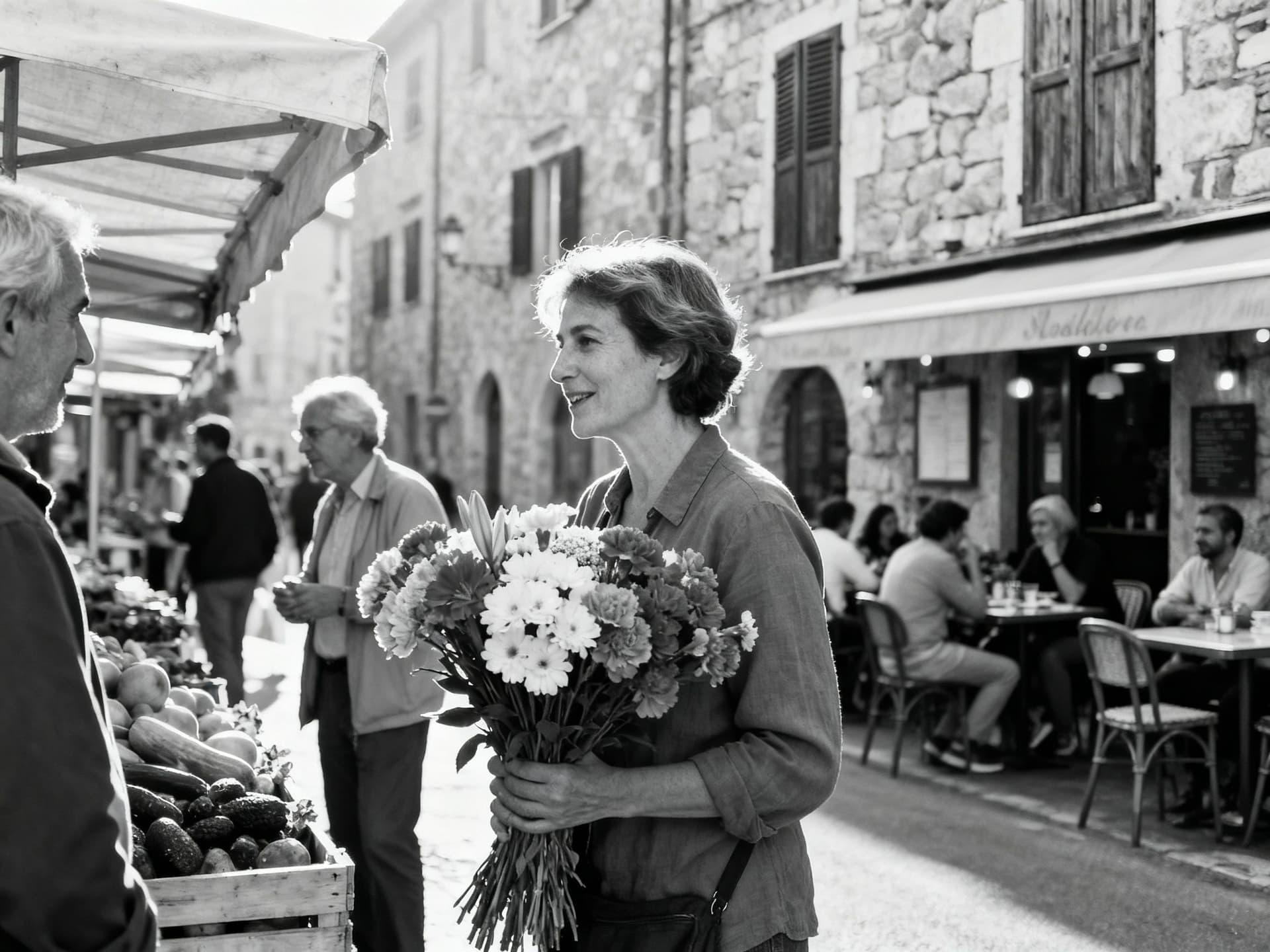
The Riviera is often boxed as 'luxury only.' Data tell a more granular story: prime pockets are scarce and expensive, while nearby communes offer distinctly different price and lifestyle profiles. Recent reports show the Riviera remains seller-favourable in prime zones, but activity and price movement vary markedly by town and property type. Use local data to separate headline prices from street-level reality.
Nice, Vieux‑Nice and the city rhythm
Staying in Nice places you in a living city rather than a seasonal stage. Vieux‑Nice’s alleys hum year-round with markets, bistros and an active rental scene; Promenade des Anglais offers seaside life and morning runs; Cimiez brings quiet olive‑groves and museums. For buyers who want daily amenities and rental flexibility, Nice balances lifestyle with liquidity in ways ultra‑exclusive capes do not.
Cap d’Antibes, Cannes and the ivory-tower effect
Cap d’Antibes and certain Cannes neighbourhoods operate on extreme scarcity. Villas here can sell at multiples of nearby towns because large lots and seafront strips simply don't come to market. If your aim is quiet privacy, this is unmatched—if your aim is value per square metre, look 10–20 minutes inland or to neighbouring communes.
- Lifestyle highlights: Cours Saleya market (Nice), breakfast at Café de Turin (Nice), evening aperitivo on Boulevard de la Croisette (Cannes), coastal walks at Cap d’Antibes, village markets in Valbonne, family beaches at Juan‑les‑Pins.
Making the move: practical considerations that preserve lifestyle
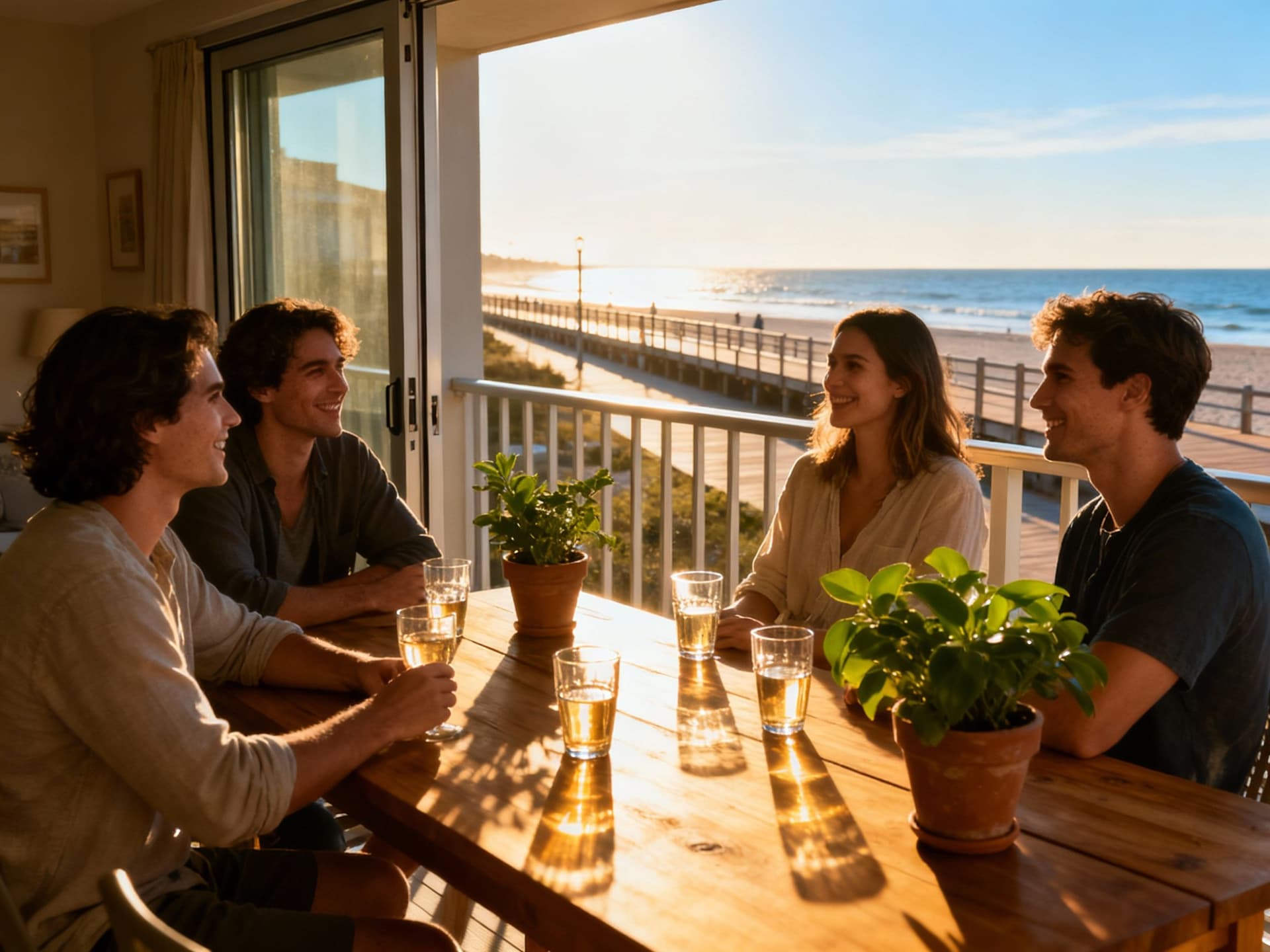
You buy lifestyle more than a building on the Riviera. That means matching property type to how you actually want to live: small terrace‑facing apartments for café life, modernised apartments near transport for year‑round stays, and villas inland for gardens and schools. Consider seasonality: the town that sings in July can feel very different in February — choose a place that fits twelve months, not just the festival month.
Property styles and what they deliver
Historic apartments: charming, compact and close to market life, but often with staircases and limited parking. Renovated modern flats: more comfortable for year‑round living and remote work. Villas: privacy and outdoor space, higher running costs and lower liquidity. Match the rooms and orientation to daily routines — morning light for breakfast rooms, a sheltered courtyard for winter terraces.
- How to blend lifestyle and process: steps to a confident purchase
1. Spend a season: rent for 4–12 weeks to sense neighbourhood tempo. 2. Map daily flows: morning coffee, schools, groceries, medical access. 3. Prioritise mobility: parking and train connections change useability. 4. Ask for comparable seasonal rental income if you plan to rent. 5. Insist on local agency experience in the exact commune — not just the region.
Insider knowledge: what expats wish they’d known
Expats often assume the Riviera is a single market. It isn’t. Local customs — seasonal business hours, municipal parking permits, and renovation permitting in protected zones — materially affect living comfort. Language matters in negotiation: a few precise French phrases in meetings and contracts expedites trust. Above all, expect to re-prioritise: climate, community and access to services often outrank sea-views after year one.
Integration, services and daily life
To feel at home quickly, join weekly markets, local associations and bilingual community groups. Medical care is municipal; registering with a local doctor (médecin traitant) and finding French-speaking service providers makes life smoother. International schools cluster inland (Mougins, Valbonne), which reshapes where families choose to buy.
Long-term lifestyle: how neighbourhoods age
Expect neighbourhoods to evolve — small seaside towns have been professionalising their services year-round, while some once-favoured surf and party towns are stabilising as families arrive. Infrastructure upgrades, school openings, and renovation waves can change a micro-market in five to ten years. Buying with a ten-year horizon changes where value and comfort align.
- Red flags locals watch for: noisy seasonal rentals next door, restrictive co-ownership rules (copropriété) that block renovations, unclear servitude (right-of-way) records, and sudden municipal parking changes.
Conclusion: Fall in love first, verify next. Spend time living local rhythms, then ask targeted questions about seasonality, running costs and permit constraints. Work with an agency steeped in the commune you want — an expert who can translate daily life into a practical purchase plan. When lifestyle and diligence come together, the Riviera becomes not an aspiration but a livable, enduring choice.
British expat who relocated to Marbella in 2012. Specializes in rigorous due diligence and cross-border investment strategies for UK and international buyers.
